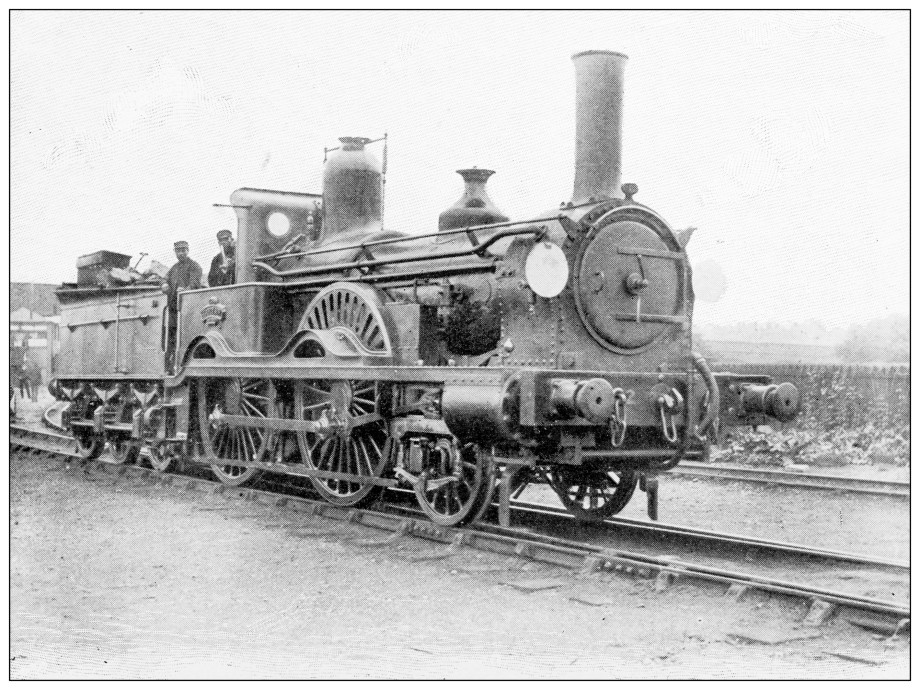By Jun Taniguchi
Innovation can often cause as much disruption as it can streamline processes. But usually after consideration, partnership, and engagement, we press on and the innovation begins to deliver opportunities we’d hoped for and some we might never have imagined.
Consider the early years of rail. When train tracks began marbling across the English countryside in the early 19th century, locomotives were connecting more people with ease, comfort, and speed than ever before. But along the way the industry hit an improbable obstacle: the sundial.

Back then, public and private sundials were used to set clocks and watches. And though fairly reliable, it meant that the time from one town to the next was always off by several minutes; and the further the distance between towns, the greater the discrepancy in times. Not surprisingly, this wreaked havoc on the burgeoning rail industry, where timing was critical. Out-of-sync schedules led to more than just confusion, but an increase in near-misses and actual collisions.
So it was a big deal in 1841 when Great Western Railway established a standard time for its London-to-Bridgewater line. Clocks in all stations along the route were set to Greenwich Mean Time (GMT). And to assuage resistant townspeople who were well-attached to their sundials, a second clock in each station was set to the local (sundial) times.
Following England’s lead, as rail exploded around the world, an international meeting was convened in Washington, D.C., several decades later to slice the globe into 24 one-hour time zones with GMT as its zero hour. Time zones – an unexpected but consequential outcome of the advent and advance of one of the most disruptive innovations of the 19th century.
Keeping Digital Transformations on Track
Businesses today are moving at breakneck speeds, fueled by technical advances like artificial intelligence (AI) and generative AI (GenAI), which portend great opportunities and challenges, both seen and unseen.
And though it seems like ancient history today, the relatively recent surge of AI engagement came at a time of spiking complexity in the enterprise. At Hitachi Digital, we were in the trenches with our global customers, who cut across all industries, from manufacturing, to energy, to rail, and on every continent. Prior to the GenAI explosion of 2023, many of these organizations were already busy contending with increasingly complex cloud environments, expanding threat landscapes, and the incessant deluge of data, among other things.
In the area of cloud alone, complexity was spiraling out of control. In a 2021 report, McKinsey noted that issues including complex pricing, migration missteps, a dizzying array of services, and a dearth of talent were driving up confusion and costs. The firm noted that 38% of respondents said their cloud migrations were delayed at least a quarter, while 75% said their migration complexities would drive them over budget.
The influx of AI and GenAI tools and technologies into these environments not only compounded the problems but stressed resources and kicked the learning treadmill into high gear.
This complex environment led to our articulation of an approach to successful AI adoption. Designed for internal purposes initially, you can read an abbreviated version here. I think you’ll find the approach as refreshing as you do pragmatic. To sum it up, it involves three guiding principles: 1. Be outcome oriented; 2. Employ only purpose-built tools; and 3. Insist on building responsible AI, which will breed reliable AI.
As practical as it may seem, you’d be surprised how many organizations leap into AI with little regard for some if not all of these principles.
Who We Are
Amid the rising complexities and increasing demands in and on the enterprise, from cloud to AI, from security to sustainability, the truth is that no organization can go it alone. And even then, very few providers can support the wide swath of challenges. Our customers and partners have understood the value of our depth of expertise and capabilities across Hitachi’s digital and industrial landscapes and have deliberately chosen to take their digital transformation journeys with us.
From our internal integrations to our expanding and strategic partner ecosystem, we help customers visualize the seen and unforeseen obstacles and opportunities every day.
That is at the heart of Hitachi Digital – an orchestrator of digital innovation with the ability and the charter to compose strategic solutions. To do it, we draw from key Hitachi digital companies to build innovative digital strategies and solutions, like the cloud and IT/OT integration services from Hitachi Digital Services, the data infrastructure and platforms from Hitachi Vantara, or the software engineering and design expertise from GlobalLogic. Together, we help customers overcome challenges and realize a world of possibilities.
But the work doesn’t end there. We also leverage companies like Hitachi Energy, Hitachi Rail, JR Automation, Flexware Innovation, Hitachi Global Air Power, Hitachi High-Tech, and others in our green energy and mobility, and connective industries units to create truly integrated IT/OT services and purpose-built AI and GenAI solutions.

And of course, we also continue to build and nurture our growing partner ecosystem in all things AI, cloud, and software, with the likes of NVIDIA, Google, and Microsoft.

One recent manifestation of this comprehensive partner strategy was the September announcement by Hitachi Rail of its new Hyper Mobility Asset Expert (HMAX) suite. The solution – which is set to revolutionize train transport operations and performance with improved reliability, greater efficiency, and lower costs – was co-developed by Hitachi Rail, NVIDIA, and Hitachi Digital. Through the integration of things like advanced automated predictive maintenance the system will enable transport operators around the world to keep more trains up and running longer, increasing the availability of trains and decreasing delays for passengers. And that’s just the beginning.
It’s a far cry from the days of the sundial. And though no one can predict what awaits us down the line with AI, we can be sure that with the right approach and commitment to powering good, we can build toward a better, more sustainable business and society together.
Jun Taniguchi is CEO, Hitachi Digital, and CEO, Hitachi America Ltd.